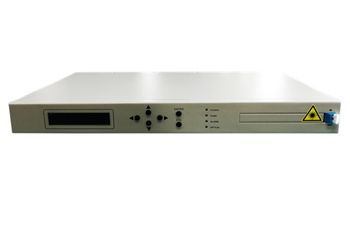Raman amplification is based upon stimulated Raman scattering in which the photon induces inelastic scattering of the pump photon in the non-linear regime of the medium.
This scattering generates another photon with lower frequency (and energy) while the energetic difference (and therefore the frequency difference) is passed to the vibration states of the medium.

A Raman amplifier is an optical amplifier based on Raman gain, which results from the effect of stimulated Raman scattering. For silica fibers, maximum gain is obtained for a frequency offset of ≈ 10–15 THz between pump and signal, depending on the composition of the fiber core.
The amplifier works on the principle of Stimulated Raman Scattering (SRS), which is a nonlinear effect. It consists of a high-power pump laser and fiber coupler (optical circulator). The amplification medium is the span fiber in a Distributed Type Raman Amplifier (DRA). ... If HBR is detected, Raman will not work.
The amplification mechanism is different. EDFA uses the principle of stimulated radiation of EDF fiber to amplify the optical signal. Raman amplification uses the Raman effect to achieve energy conversion and amplify the optical signal.
Raman amplification is a likely technology of choice as the carriers can realize better performance from the distributed gain that Raman amplifiers offer.

